I am always glad to hear when people want to explore their Indigenous identity and heritage. Indigenous cultures are diverse and beautiful. But this exploration should be conducted with respect to our ancestors, past, present and future.
To begin, it is important to understand who Indigenous peoples are. Across North America, Indigenous peoples refer to themselves using different terms.
In the US, the use of terms Native, Native American, American Indian, Native Alaskan and Indigenous are generally used interchangeably, depending on the context of the discussion. The term “Native” is used to describe people who identify culturally as “Native,” whereas the terms “Native American,” “American Indian” and “Native Alaskan” are legal and political designations. Indigenous is used to describe the original people of any land.
In Canada, “Indian” refers to the legal status of First Nations peoples under the Indian Act. In the 1970s and 1980s, during Indigenous activism in Canada, “First Nations” became the collective name of choice and generally replaced “Indian” in many contexts. Although “First Nations” is not defined legally, “First Nations” is most commonly used by Indigenous communities.
Being Indigenous means different things to each person. For some, it means that they are descendants of the original people of North America. For others, it means a way of life or a way of being; a feeling, how one sees the world and one’s self; a way of interacting with nature, family, and Creator. Native culture in North America is rich in tradition, history, spirituality, art, economics, and politics.
As you’re looking into your family ancestry and tattoos, here are some steps you can take:
Do your Research:
- Relatives – Start by talking with your family and see what you can dig up. Does your family know which First Nation your ancestors belonged to?
- Internet – Once you have some leads, do an Internet search to find out more about your First Nation. If your First Nation has an official website, maybe try contacting their office to see if you can learn more through their records, or if a local library can help.
Many Indigenous nations use traditional tattoos and body modifications to show where they come from or to tell a story. If you want to learn more about traditional tattooing here is an interesting article about how an artist from the Nisga’a First Nation artist approaches traditional tattoos with her community.
Make sure through this process of learning more about your culture and the traditional history of tattooing, that you start from a place of respect and curiosity.
Good luck on your journey.
Take care,
Uncle Paige

